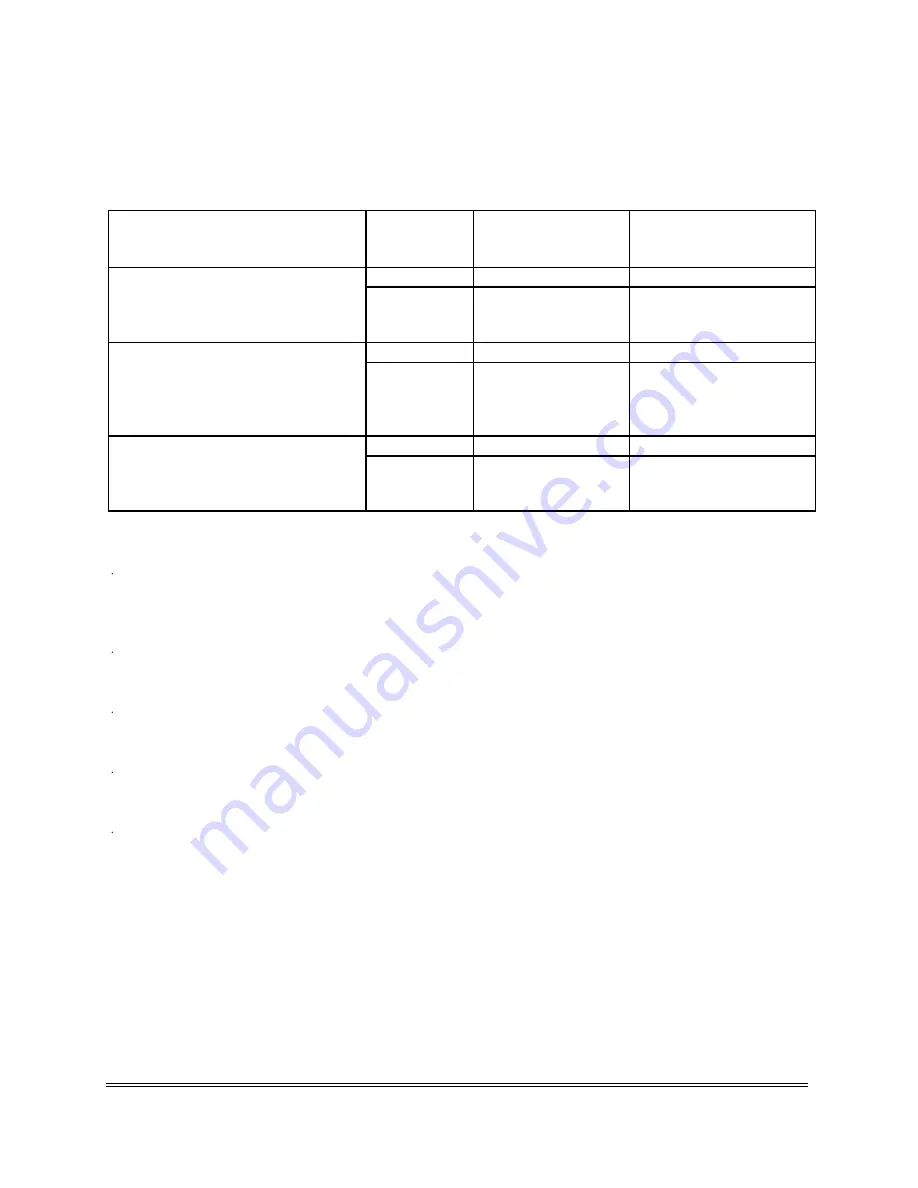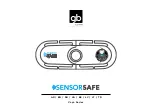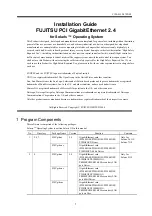
4
This equipment relies on the protective devices in the building installation for short-circuit and
over-current protection. Refer to the following table for the suitable number and location of the
protective devices which should be provided in the building installation.
Informative examples of
protective devices in single - phase equipment or sub - assemblies
Protection
against
Minimum number of
fuses or circuit -
breaker poles
Location
Case A: Equipment to be
connected to POWER SYSTEMS
with earthed neutral reliably
identified, except for Case C below.
Earth faults
Overcurrent
1
1
Phase conductor
Either of the two
conductors
Case B: Equipment to be
connected to any supply, including
IT POWER SYSTEMS and
supplies with reversible plugs,
except for Case C below.
Earth faults
Overcurrent
2
1
Both conductors
Either of the two
conductors
Case C: Equipment to be
connected to 3-wire power
systems with earthed neutral
reliably identified.
Earth faults
Overcurrent
2
2
Each phase conductor
Each phase conductor
Verify that the protective devices in the building installation meets the conditions in the table prior
to installing the equipment.
BE CAREFUL OF POWER CORD CONNECTION !
Before inserting the plug of the power cord into a receptacle of the correct voltage, check that the
connection portion of the power cord is clean (with no dust). Then, insert the plug of power cord
to a receptacle firmly, otherwise it may cause electrical shock or fire.
REMOVE THE POWER CORD FOR COMPLETE SEPARATION !
For complete separation from the power source, remove the power cord from the monitor or from
the wall outlet.
AVOID FREQUENT POWER ON-OFF SWITCHING !
DO NOT repeat OFF and ON in a short period. It may cause blurred colours or distortion of the
displayed pattern.
BE CAREFUL OF STATIC ELECTRICITY ON CRT SURFACE !
To prevent electrical shock by the static electricity on the CRT surface, disconnect the power cord
at least 30 SECONDS AFTER turning off the power.
ABOUT CLEANING
This monitor has a non-glare and anti-electrostatic treatment on the surface of the screen. Use
water or alcoholic solvent with soft cloth like gauze to clean the surface of the screen.
NEVER use abrasive, glass cleaner containing highly concentrated ammonia and strong base
chemicals since they damage the surface treatment.
Clean the cabinet and controls with a lightly moistened soft cloth.
DO NOT use aerosol sprays, solvents or abrasive cleaners.




































